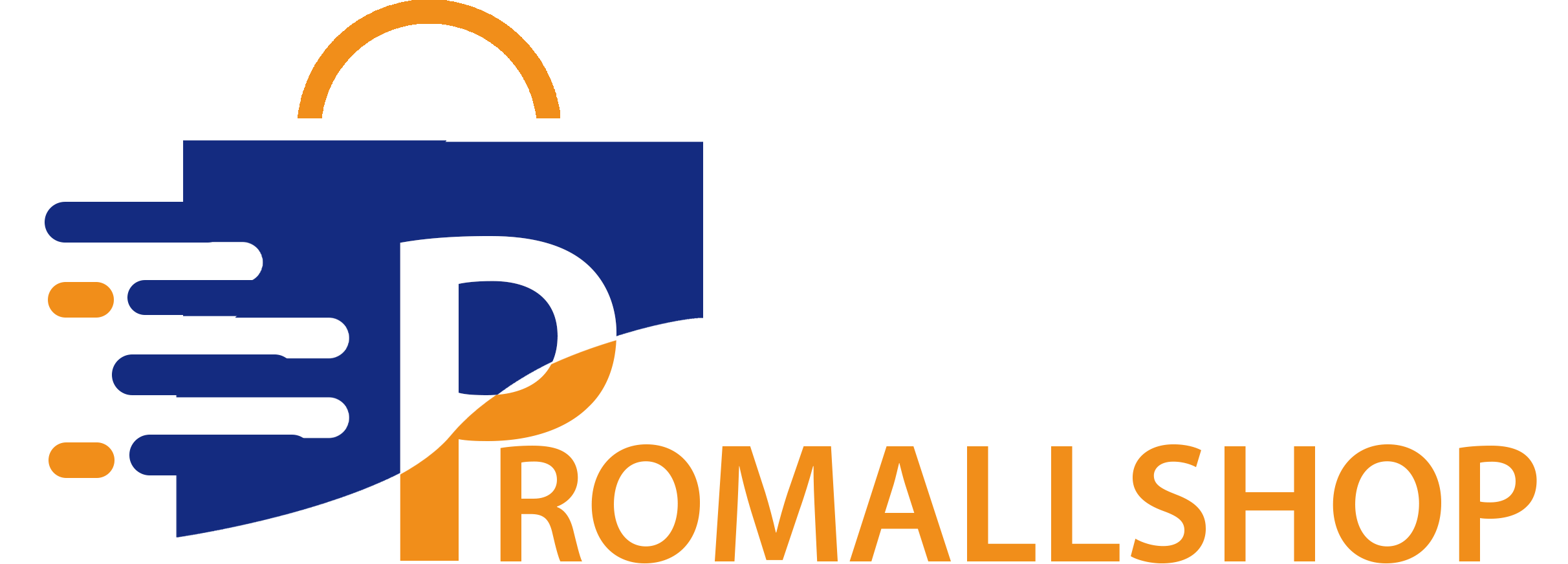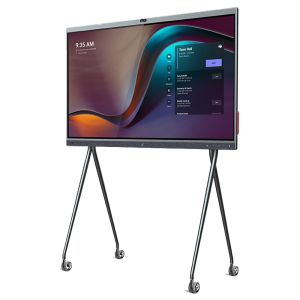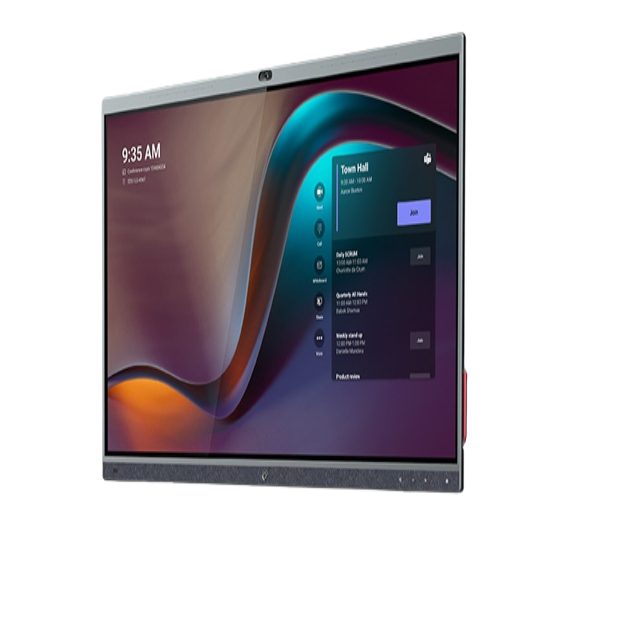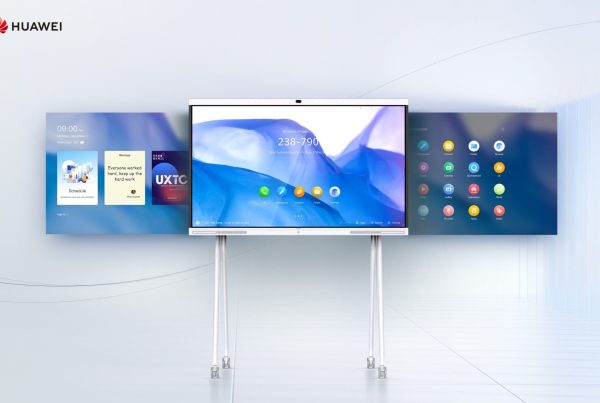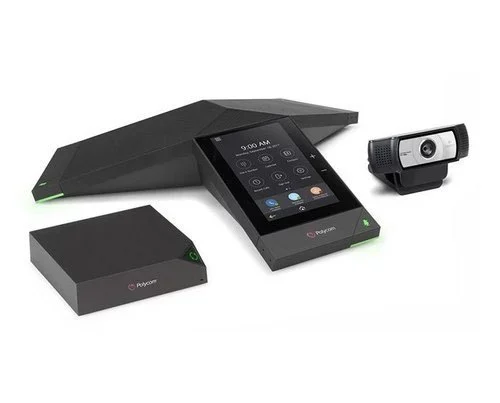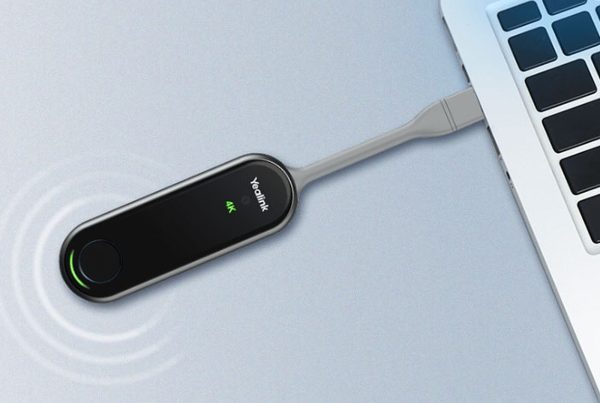Introduction
In today’s fast-paced, digital-first world, organizations are constantly searching for ways to boost meeting productivity tools that truly make a difference. From remote teams to hybrid work models, the right video conferencing solutions can streamline communication, reduce meeting fatigue, and improve decision-making outcomes. But not all tools are created equal — so how do you choose the ones that actually work?
But here’s the good news: you can flip the script. With the right video conferencing tools, your team meetings can be smoother, faster, and far more effective. In this guide, we’ll walk you through five impactful strategies to boost meeting productivity tools, turning dull check-ins into productive power hours.
Table of Contents
- Introduction
- Choose the Right Video Conferencing Platform
- Focus on Audio and Video Clarity
- Maximize Built-In Collaboration Tools
- Use Structured Agendas to Stay on Track
- Empower Teams Through Training and Onboarding
- Integrate Meeting Productivity Software
- Optimize Your Virtual Meeting Environment
- Streamline Communication with the Right Platforms
- Use Analytics to Improve Remote Collaboration
- Conclusion
- FAQs
Choose the Right Video Conferencing Platform
Not all platforms are built the same. Some cater to small teams, while others are designed for large-scale webinars. Choosing a tool that aligns with your team size, needs, and workflow is the first step toward efficiency.
Look out for:
- User-friendly interfaces
- Strong integration with calendars and productivity apps
- Reliable uptime and security
If you’re unsure where to begin, explore top video conferencing platforms like Zoom, Microsoft Teams, or Google Meet.
Focus on Audio and Video Clarity
Would you hold a face-to-face meeting in a noisy café with a broken projector? Probably not. In virtual settings, your audio and video setup is your conference room.
To enhance meeting outcomes, invest in:
- HD webcams and noise-canceling microphones
- A stable internet connection
- Quiet, distraction-free environments
Crystal-clear visuals and sound help ensure everyone stays focused and engaged.
Maximize Built-In Collaboration Tools
Think of your video platform as a digital Swiss army knife. Most come with built-in features designed to improve remote collaboration, such as:
- Screen sharing
- Virtual whiteboards
- File sharing
- Live chat and Q&A
Using these tools effectively turns passive listeners into active contributors—essential for effective video meetings.
Use Structured Agendas to Stay on Track
Meetings without structure often drift like a boat without a rudder. That’s why an agenda is more than just a to-do list—it’s a productivity map.
Before the call:
- Share a clear, time-stamped agenda
- Assign discussion leads
- Set expectations for outcomes
Pair this with meeting productivity software like Fellow or Notion for seamless note-taking and follow-ups.
Empower Teams Through Training and Onboarding
Even the best tools fall flat if no one knows how to use them. Don’t assume everyone’s a tech wizard.
Offer:
- Tutorials for new hires
- Refresher sessions for seasoned staff
- Quick guides or cheat sheets on your chosen platform
This simple step helps you optimize business meetings from the inside out.
Integrate Meeting Productivity Software
Pairing your video conferencing solution with third-party tools can take productivity to the next level.
Examples include:
- Asana or Trello for task management
- Slack or Microsoft Teams for communication
- Otter.ai for real-time transcription
The right productivity-boosting software complements your meetings, ensuring nothing slips through the cracks.
Optimize Your Virtual Meeting Environment
The little things matter. Poor lighting, background noise, or distracting backdrops can subtly derail your meeting focus.
Here’s how to fix that:
- Use natural lighting or ring lights
- Choose a clean, neutral background (or virtual one)
- Test your gear before every call
Creating a consistent, professional setup leads to more effective video meetings.
Streamline Communication with the Right Platforms
Video meetings are just one piece of the puzzle. You need clear channels for pre- and post-meeting communication too.
Consider combining your conferencing tool with a team communication platform like:
- Slack
- Microsoft Teams
- Basecamp
This keeps your team connected before, during, and after meetings—making it easy to streamline virtual meetings.
Use Analytics to Improve Remote Collaboration
Modern tools now offer meeting insights and analytics. You can track:
- Who’s engaging and who’s tuning out
- Average meeting time
- Follow-up completion rates
These insights allow you to tweak formats, rethink agendas, and continuously improve remote collaboration.
Conclusion
Here’s the bottom line: great meetings don’t happen by accident. They’re the result of careful planning, the right tools, and a team that knows how to use them.
By applying these five strategies—and choosing top-tier video collaboration systems—you’ll start to notice shorter meetings, better decisions, and happier teammates.
For trusted video conferencing solutions, be sure to shop VC Solutions on Promallshop and explore what suits your business needs best.
Want more productivity hacks? Check out our blog at Promallshop Blog.
FAQs
Top platforms like Zoom, Microsoft Teams, and Google Meet, especially when combined with apps like Trello or Otter.ai.
Use collaboration features like polls, screen sharing, and breakout rooms to keep them engaged.
Absolutely! They enhance communication, accountability, and overall team performance when used well.
It depends on your needs, but ease of use, reliability, and collaboration features are key.
You can shop VC Solutions for a range of trusted options and compare prices.
